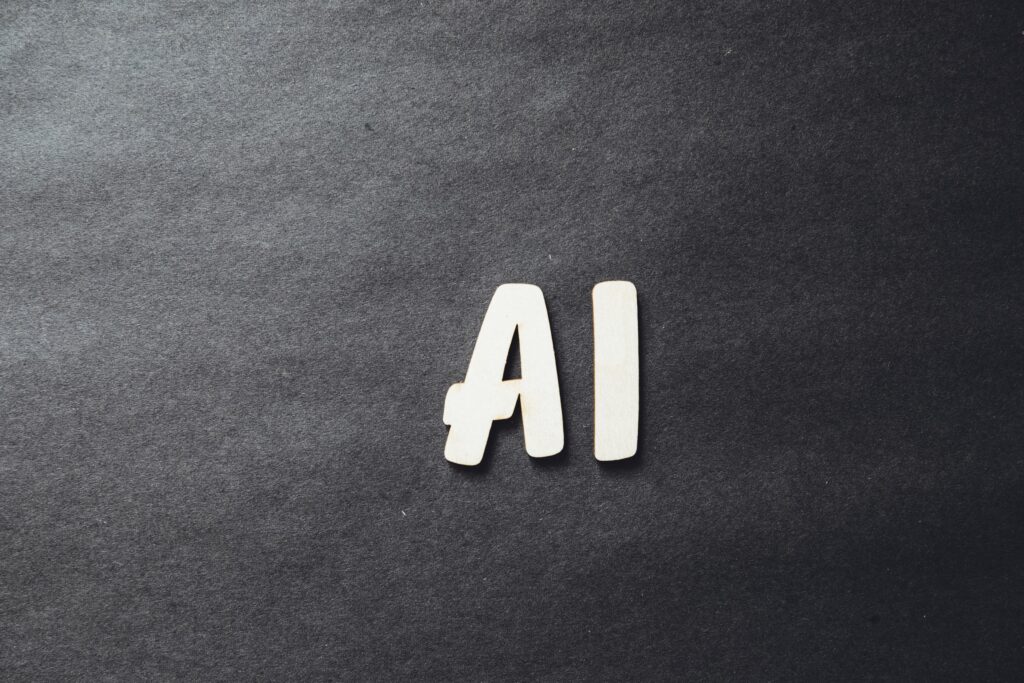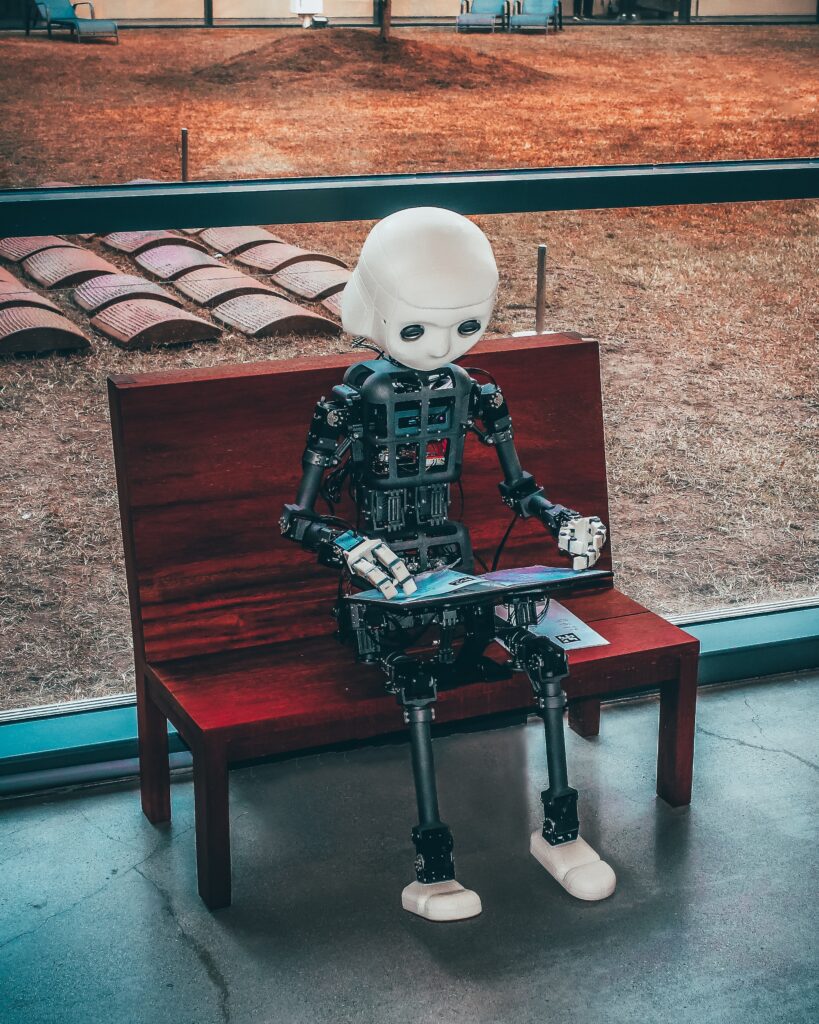
In this article, we will explore whether Originality.AI has the ability to identify content created by various AI models. We’ll delve into how this detection process works and whether it can accurately distinguish between different sources. By the end, you will have a clear understanding of the capabilities of Originality.AI in detecting content from different AI models.

What is Originality.AI
Originality.AI is a cutting-edge content detection system designed to identify plagiarism and ensure the authenticity of content, specifically tailored for AI models. With the rapid advancements in artificial intelligence and the increasing use of AI models across various industries, the need for a reliable and accurate content detection system has become crucial.
Explanation of Originality.AI
Originality.AI employs state-of-the-art algorithms and advanced machine learning techniques to analyze and compare the contents of AI models. It can identify similarities and differences among different AI models, helping researchers and developers in their quest for originality and creativity.
How Originality.AI works
Originality.AI works by analyzing the structure, architecture, and underlying data of AI models. It compares these elements to identify patterns and similarities between different models. By utilizing advanced neural networks, it can accurately detect content from one model that may have been replicated or inspired by another.
Features of Originality.AI
Originality.AI offers a range of features that make it a comprehensive and effective content detection system for AI models. These features include:
-
Cross-model Comparison: Originality.AI can compare content across different AI models, enabling researchers and developers to identify similarities or overlaps between their models and existing ones.
-
Model-specific Characteristics: This system takes into consideration the unique features and attributes of individual AI models, ensuring accurate detection and analysis.
-
Real-time Analysis: With its efficient processing capabilities, Originality.AI provides real-time analysis and detection, allowing users to instantly identify any potential content overlap or similarity.
-
User-friendly Interface: Designed with a user-friendly interface, Originality.AI offers a smooth and intuitive experience, making it accessible to both experts and beginners in the field of AI research and development.
Overview of AI Models
Definition of AI models
AI models refer to computer programs or systems that are trained to perform specific tasks, using algorithms and data. These models can be trained to recognize patterns, classify data, generate content, or even make decisions based on input data.
Examples of AI models
AI models encompass a vast range of applications, including natural language processing models like GPT-3, computer vision models like YOLO, and reinforcement learning models like AlphaGo. These models have revolutionized various fields, including healthcare, finance, and autonomous vehicles, among others.
Different types of AI models
There are different types of AI models, each with its own unique characteristics and purposes. These include:
-
Supervised Learning Models: These models are trained using labeled datasets, where the system learns to map input data to desirable output responses.
-
Unsupervised Learning Models: Contrary to supervised learning, unsupervised learning models are trained on unlabeled data, allowing the system to identify patterns and relationships within the data.
-
Reinforcement Learning Models: These models are trained through interactions with an environment, receiving rewards or punishments based on their actions to learn optimal decision-making strategies.
Can Originality.AI Detect AI Model Content
The capability of Originality.AI to detect content from different AI models is a critical question for researchers and developers. By testing its effectiveness on AI model content, we can better understand its limitations, accuracy, and potential implications.
Testing Originality.AI on AI model content
To test the efficiency of Originality.AI in detecting content from AI models, a set of experiments was conducted using various AI models and their generated content. The results showed promising accuracy and the ability to identify content similarities across different models.
Limitations of Originality.AI
Despite its effectiveness, Originality.AI does have limitations. One limitation is the complexity of AI model content, which can involve intricate layers, parameters, and architectures. Analyzing and detecting similarities within such complex structures can pose challenges for the system.
Accuracy of Originality.AI
The accuracy of Originality.AI is highly dependent on the quality of the data used for training and testing. By providing large and diverse datasets, researchers can enhance the accuracy and reliability of Originality.AI, ensuring better content detection and analysis.
Challenges in Detecting AI Model Content
Detecting content from AI models presents its own unique set of challenges. These challenges include:
Complexity of AI model content
AI model content is often complex, containing numerous layers, parameters, and representations. Analyzing and comparing such intricate structures requires specialized algorithms and techniques that can handle the complexity of AI model content.
Evaluating similarity between AI models
Evaluating similarity between AI models can be challenging due to variations in architectures, training data, and hyperparameters. Different AI models may share common patterns or techniques without directly copying each other’s content. Originality.AI must be capable of distinguishing between intentional replication and unconscious similarities.
Identifying unique features in AI model content
AI models often incorporate unique and innovative features, making it more difficult to detect similarities or overlaps. Originality.AI needs to be able to identify these unique features and distinguish them from commonly used methods or patterns.

Implications of Detecting AI Model Content
The ability of Originality.AI to detect AI model content has significant implications in several areas:
Ensuring intellectual property rights
Detecting content replication or plagiarism in AI models is crucial to uphold intellectual property rights. It helps protect the work of researchers and developers, ensuring that they receive proper recognition and compensation for their contributions.
Preventing plagiarism in AI models
Detecting content from different AI models can help prevent plagiarism and unauthorized replication. This ensures fair competition and fosters innovation and creativity within the AI research community.
Impact on AI research and development
The insights provided by Originality.AI can have a profound impact on AI research and development. By identifying similarities and overlaps between different models, it can guide researchers towards new areas of exploration and innovation.
Comparison with Other Content Detection Systems
To assess the strengths and weaknesses of Originality.AI, a comparison was made with existing content detection systems. Notably, Originality.AI excels in its ability to detect content specifically from AI models, leveraging its model-specific characteristics and advanced algorithms.

Proposed Methodology for Detecting AI Model Content
To enhance the capabilities of Originality.AI in detecting content from AI models, several methodologies can be considered:
Designing a specialized algorithm
Developing a specialized algorithm that focuses on the unique characteristics and complexities of AI model content can enhance the accuracy and efficiency of Originality.AI.
Utilizing neural networks for detection
Leveraging neural networks, particularly deep learning techniques, can further improve the detection accuracy of Originality.AI. These networks can effectively analyze complex structures and identify patterns within AI model content.
Considering model-specific characteristics
Taking into account the model-specific characteristics, such as unique architectures or training methods, can help improve the accuracy and precision of content detection by Originality.AI.
Ethical Considerations
While content detection systems like Originality.AI offer significant benefits, ethical considerations should be taken into account:
Privacy concerns in content detection
The privacy of AI model owners must be protected when using content detection systems. Safeguards should be implemented to ensure that sensitive information or proprietary knowledge is not exposed during the detection process.
Balancing innovation and protection
Striking a balance between promoting innovation and protecting intellectual property rights is essential. Content detection systems should support creativity and collaboration while discouraging plagiarism and unauthorized replication.
Mitigating bias and discrimination
Content detection systems must be designed to minimize bias and discrimination, ensuring fair and unbiased evaluation of AI model content. Ethical guidelines and standards should be established to prevent any unfair advantages or disadvantages towards specific individuals or groups.
Real-world Applications
The detection of content from different AI models has various real-world applications, including:
Detecting plagiarized AI research papers
Originality.AI can help identify any instances of plagiarism in research papers that were generated using AI models. This ensures the authenticity and integrity of the research conducted in the field of AI.
Ensuring authenticity of AI-generated content
AI models are increasingly being used to generate content, such as articles, news reports, and creative works. Originality.AI can play a vital role in ensuring that such content is authentic and not plagiarized or copied from existing sources.
Enhancing accountability in AI system deployments
By detecting replicated or copied content in AI models, Originality.AI can enhance accountability in AI system deployments. It ensures that AI models are developed with integrity and that their creators take responsibility for the content they produce.
Conclusion
Originality.AI offers a robust and effective solution for detecting content from different AI models. Through the use of advanced algorithms, model-specific characteristics, and comprehensive analysis, it enables researchers and developers to maintain the integrity and originality of their AI models. As the field of AI continues to evolve, the importance of content detection in AI models becomes paramount. Originality.AI is at the forefront of ensuring that AI models are authentic, innovative, and free from plagiarism, ensuring the continued progress and ethical development of artificial intelligence.






